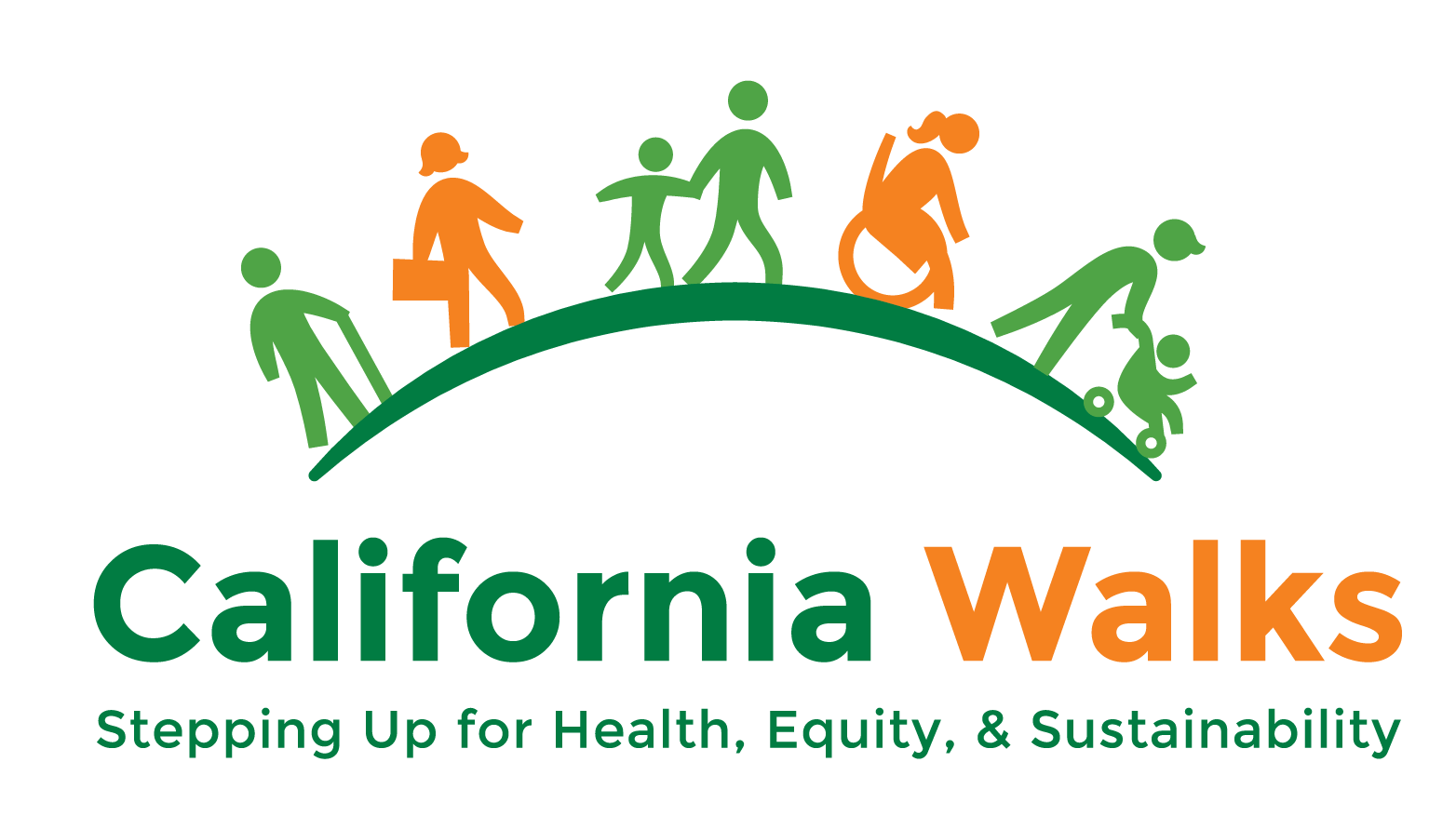Walking Intersectionalities: Walking While Immigrant
Introducing the Walking Intersectionalities blog series
During my two years with California Walks, I’ve had the pleasure of working with many people, organizations, and communities across the state, especially in Los Angeles and Orange County. Increasingly, I have struggled to find ways in which promoting walking is supposed to stay relevant considering the many issues Californian’s are facing today. People’s lives are complex and they don’t often think about whether or not there is a sidewalk in their neighborhood on a daily basis.
Audre Lorde said, “There is no such thing as a single-issue struggle because we do not live single-issue lives.” Our lives are intersectional—that is, we each have various identities and issues that overlap—and often the reasons why a community may lack sidewalks, painted crosswalks, and proper traffic signage has everything to do with whether or not a community is primarily immigrant, is low-income, or is about to be displaced due to gentrification.
To continue championing walking, accessibility, and mobility, California Walks will highlight some of the walking intersectionalities we’ve either experienced or observed across the state through this blog series. It is our goal to change the narrative around walking and active transportation so that it includes all of us and reflects Californian’s various realities.
Walking While Immigrant
In late February I was at my best friend’s house celebrating her birthday when her family shared that on a very popular Univision morning show, Despierta America, a lawyer discussed the ten Golden Rules for undocumented immigrants living in this anti-immigrant atmosphere. Never crossing the street outside of a painted crosswalk was one. The lawyer shared that in Atlanta, Georgia, an undocumented person crossed the street where there were no painted crosswalks, was then arrested by local law enforcement, was now detained by Immigration Customs and Enforcement (ICE) and would likely be deported.
I was terrified the moment I found out Trump won the election. There were many reasons for my terror, but as a daughter of Mexican immigrants who came to this country undocumented, I couldn’t help but feel afraid when I thought of all of the damage the new administration could perpetuate on my community, on my family. As I thought about my work at California Walks and our 6 E’s approach to pedestrian safety (Equity & Community Empowerment, Evaluation, Engineering, Enforcement, Education, and Encouragement), I feared that what we presented as best practices to encourage and promote walking would not be effective in immigrant communities concerned about being deported. Hearing this story on Spanish language media didn’t help put me at ease.
The fear of taking up public space is real, and there are many reasons why immigrants and people of color may feel unsafe when walking, biking, or taking transit. The truth is that immigrants, undocumented immigrants, or anyone who “looks” like they could be an immigrant can be a target in this anti-immigrant environment. And although parts of Executive Order 13768 have been halted, a great deal of fear and confusion remains with regard to if and how local law enforcement agencies will cooperate with ICE, including our sanctuary cities.1 At this time, the state of California is deliberating a bill that would make California a sanctuary state.
Those of us in the walking movement and who promote active transportation can continue to defend and protect with conviction our commitment to a more just society. We understand that many law enforcement agencies in California do not want to take part in a process that would facilitate deportations for undocumented immigrants who have committed minor traffic offenses. Nevertheless, there are at least two very specific ways in which we as advocates can help protect immigrants:
Ensure law enforcement fully understands the rules of the road when it comes to pedestrians crossing the street. According to the California Vehicle Code(CVC), which comprises the state’s traffic laws, pedestrians are legally permitted to cross at marked and unmarked crosswalks, meaning, pedestrians can legally cross at all intersections unless otherwise prohibited.
Promote advocacy efforts that request local law enforcement agencies more explicitly provide citation data and relay to the public which, if any, of their ticketable offenses could possibly be grounds for immigration status inquiry, arrests, and detention.
At this nexus, where walking and immigration collide, it’s important that we not accommodate laws and circumstances that further maintain the inequities immigrants are faced with every day. Now is not the time to be a spectator as we see injustice unravel around us.
____
1 California Walks does not endorse the use of the word “alien” in Executive Order 13768.

